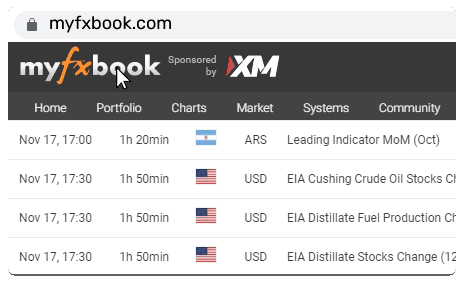AUD/USD Up as RBA Signals End to Rate Cutting Cycle

The AUD/USD has gotten off to a strong start this week, climbing more than 0.70% on Monday as markets digest a clear signal from the Reserve Bank of Australia that its easing cycle may have reached its conclusion. The currency pair's strength comes as traders reassess the interest rate differential between Australia and the United States, with the RBA appearing to have drawn a line under further cuts while the Federal Reserve could potentially continue its easing path.
RBA Draws a Line in the Sand
In a speech to an investment conference on Monday, RBA Deputy Governor Andrew Hauser made the central bank's position abundantly clear: there may be "little room" for future rate cuts as Australia's economy faces significant capacity constraints. Hauser's remarks were notably explicit, warning that the central bank could find itself "boxed in" by limited spare capacity, effectively ruling out further monetary easing in the near term.
The RBA's hawkish pivot represents a shift in market expectations. After implementing just 75 basis points of cuts—an exceedingly shallow easing cycle by historical standards—the central bank has unanimously voted to hold official interest rates at 3.60%. Money markets currently price the next move as a cut, but the probability doesn't exceed 50% until June 2026, underscoring the uncertainty around any further easing.
Inflation Remains Stubbornly Elevated
The central bank's caution is well-founded. Recent inflation data shows the Consumer Price Index rose 1.3% in the September quarter, bringing the annual rate to 3.2% according to the Australian Bureau of Statistics (ABS)—still uncomfortably above the RBA's target range.
More concerning for policymakers, the bank has published upwardly revised inflation forecasts suggesting price pressures will remain elevated well into next year. The central bank is now expecting trimmed mean inflation to remain above 3% in the next quarters and around 2.6% in 2027.
In addition to higher-than-expected inflation, Hauser's speech fixated on other key concerns: weak productivity growth, and diminished spare capacity. The combination creates a challenging environment where demand could outpace supply, potentially reigniting inflationary pressures if rates are cut too aggressively.
Growth Challenges Despite Rate Cuts
The RBA's hawkish stance comes against a backdrop of historically weak economic growth. According to the ABS, Australia's GDP expanded just 0.6% in the latest quarter and 1.8% year-over-year through June 2025, marking the weakest annual growth since the early 1990s outside of the COVID period. Over the entire 2024-2025 financial year, GDP grew by a meager 1.3%.
Diverging Central Bank Paths Could Support the AUD
This divergence in monetary policy trajectories narrows the rate differential between the two countries—or at least prevents it from widening further in the USD's favor—making Australian assets relatively more attractive to international investors and supporting the currency. As markets continue to digest the RBA's capacity constraints and limited policy flexibility, the AUD/USD may find further support if the contrast with U.S. monetary policy becomes more pronounced in the coming months.

Daily AUD/USD Chart - Source: ActivTrader
Sources: Wall Street Journal, SkyNews, RBA, ABS
The information provided does not constitute investment research. The material has not been prepared in accordance with the legal requirements designed to promote the independence of investment research and as such is to be considered to be a marketing communication.
All information has been prepared by ActivTrades (“AT”). The information does not contain a record of AT’s prices, or an offer of or solicitation for a transaction in any financial instrument. No representation or warranty is given as to the accuracy or completeness of this information. Demo accounts are for practice purposes only. Performance in a demo environment does not reflect real market conditions and may not be indicative of actual trading results.
Any material provided does not have regard to the specific investment objective and financial situation of any person who may receive it. Past performance is not a reliable indicator of future performance. AT provides an execution-only service. Consequently, any person acting on the information provided does so at their own risk. Forecasts are not guarantees. Rates may change. Political risk is unpredictable. Central bank actions may vary. Platforms’ tools do not guarantee success.
-362025100.png)
-362025100.png)



















